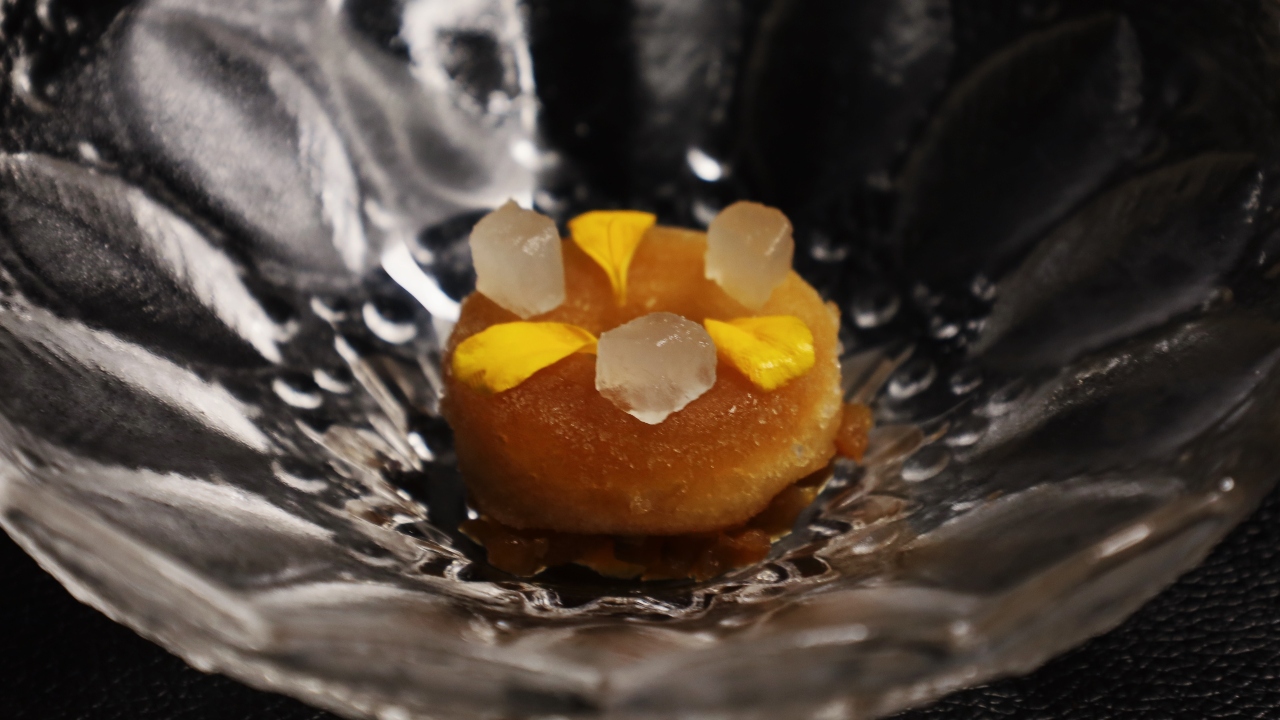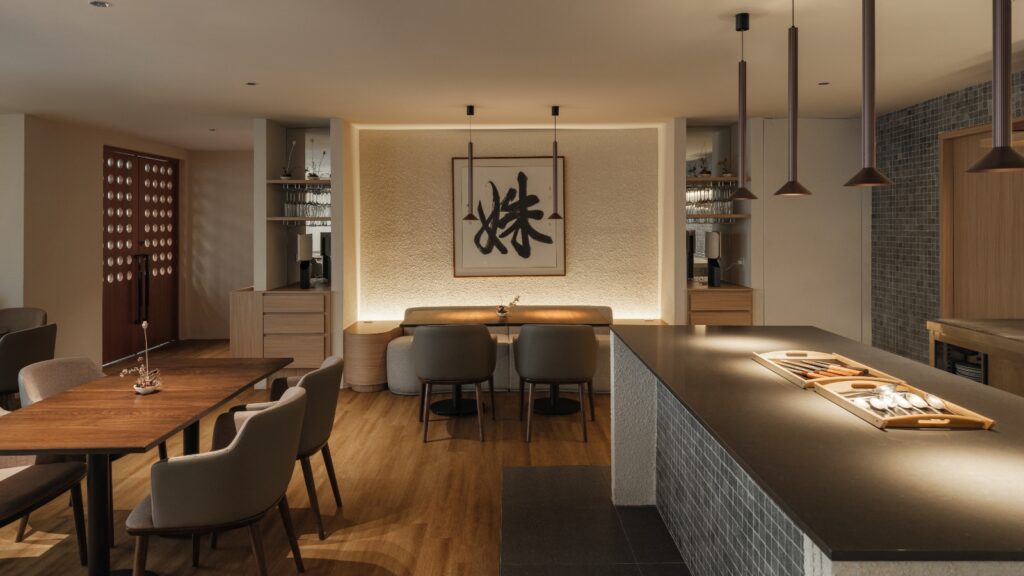Shu, a name drawn from Executive Chef Chin Wong’s mother, reflects on the diverse paths of the Chinese diaspora. Here, diners are meant to rediscover familiar flavours, while celebrating the beauty of innovation and adaptation in a world where cultural boundaries constantly shift with migration. Over time, traditional dishes have taken on new dimensions as people substitute certain ingredients with locally sourced alternatives.

This concept behind Shu emerged during Wong’s time in Shenzhen, working at Ensue. While there, he tasted various restaurants serving regional cuisines, including those of his own dialect group, Teochew. “Dining at those places showed me two things,” he says. “That I knew very little about my own culture, and that what I knew of Teochew food was very different from what Teochew food was.” Intrigued, Wong embraced that notion at Shu, stripping dishes down to the bare essentials as he explores the authenticity of each dish.
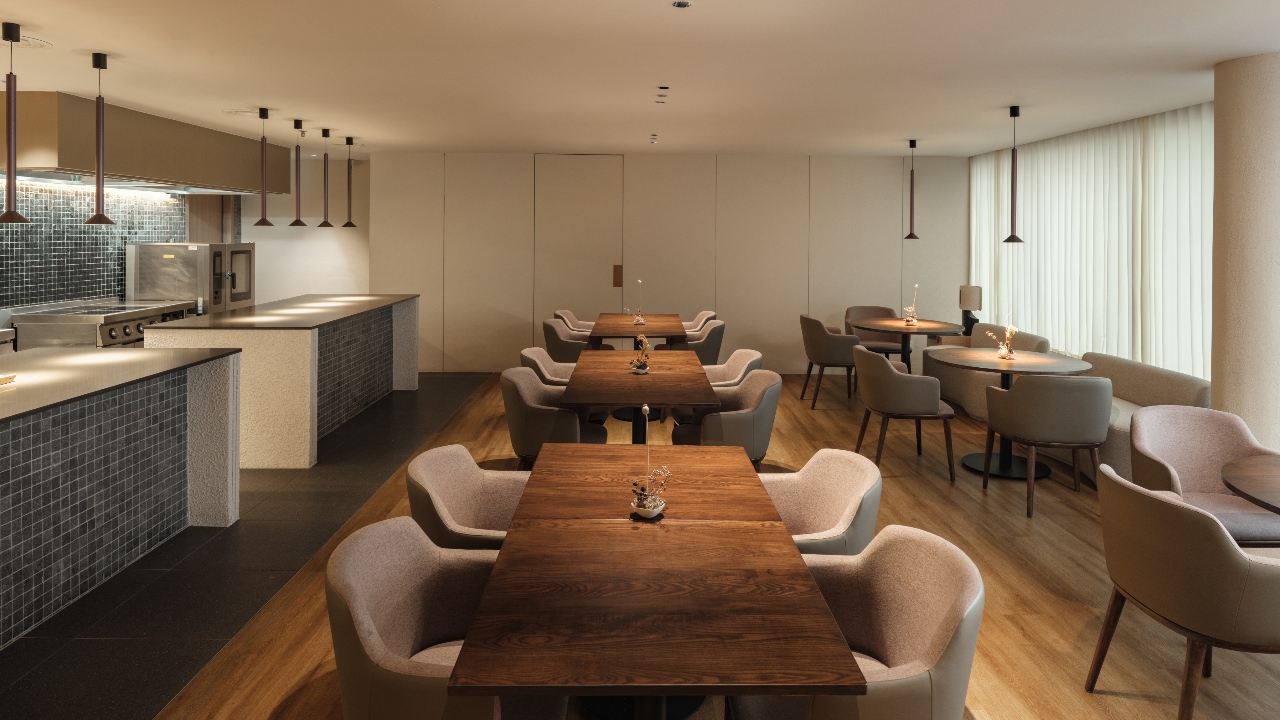
As the basis of the menu, Wong begins with a fundamental Chinese staple: rice. “It didn’t make sense for us to serve bread in a restaurant that currently has a more Chinese direction,” he says. To bridge that gap, he instead introduces a Jasmine Rice Bread, paired with Lao Gan Ma (chili crisp), a beloved Chinese cultural icon, as a unique starter.
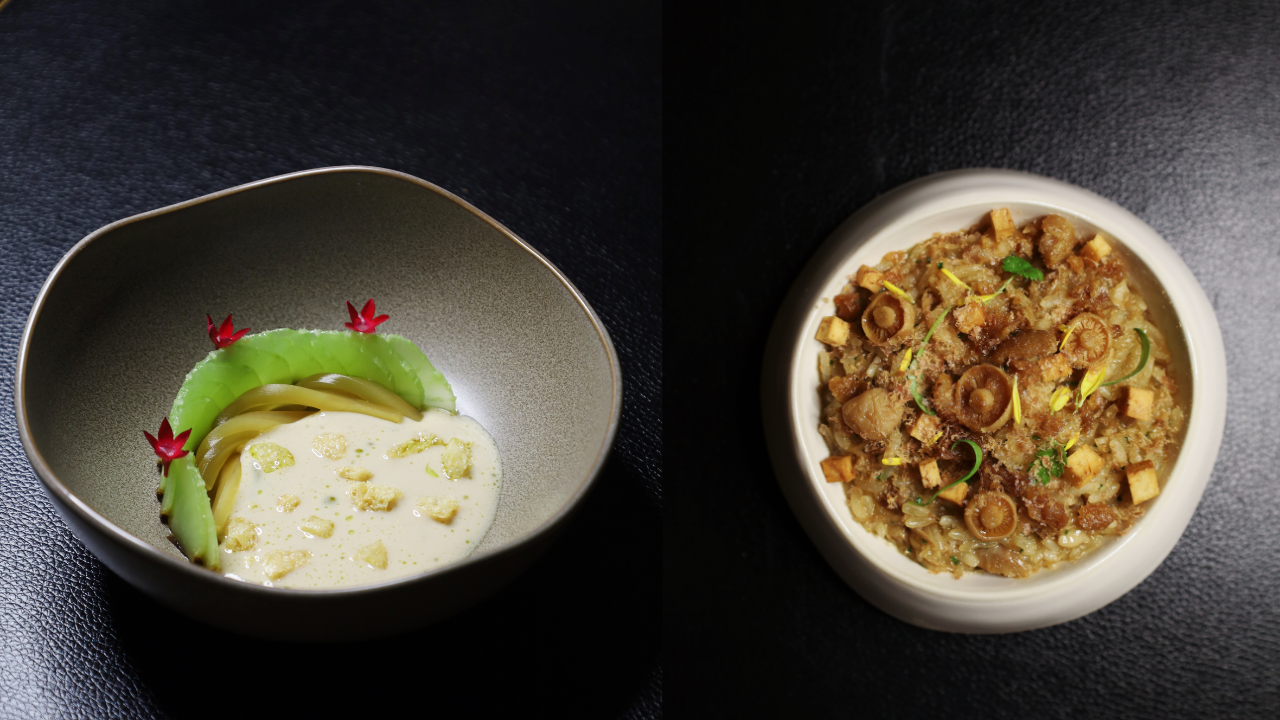
The following course, Sarawak, is influenced by Wong’s maternal roots. Playing with the concept of the Sarawakian dish Umai, akin to a ceviche, Wong presents dry-aged pomfret, delicately dressed with coconut milk and enhanced with a variety of aromatic oils. “We wanted to pay homage to [my mum’s homeland] but at the same time represent the dissonance of her being from, but not quite being of, there by serving a version of Umai that’s probably unrecognisable as Umai to someone who grew up having it,” Wong explains.
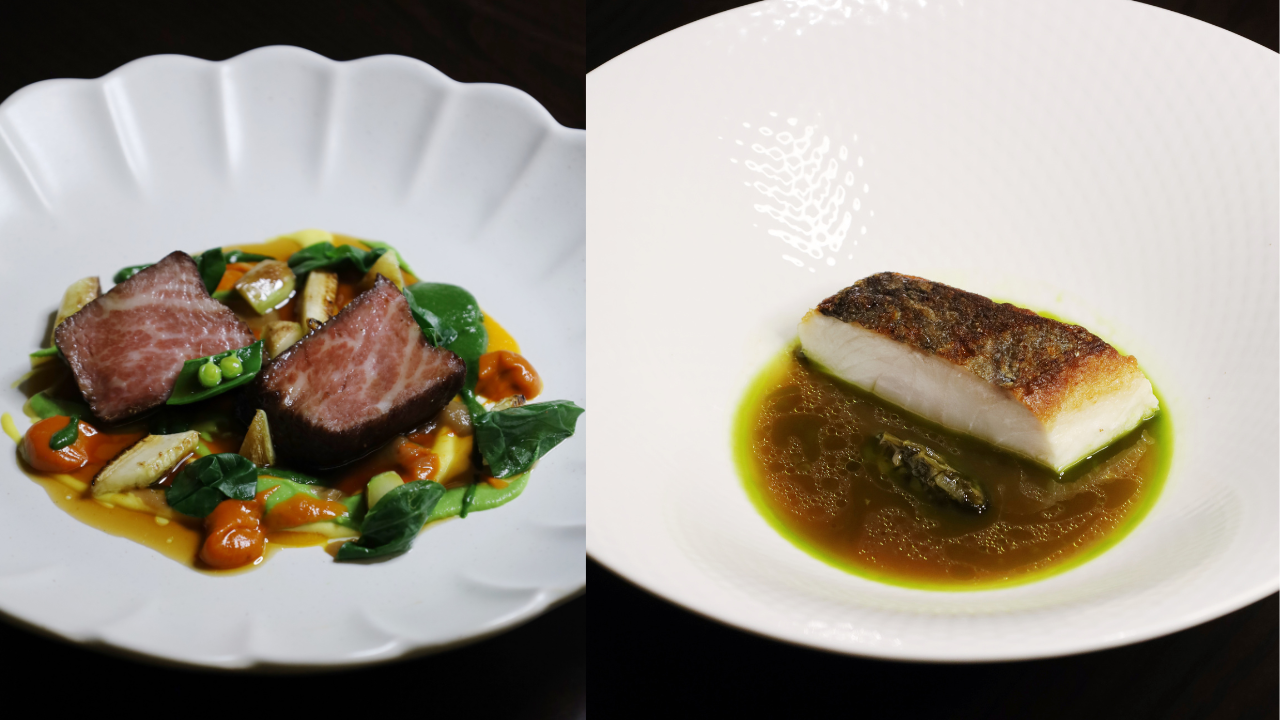
Among other notable highlights are the Mustard Green Fish and the Braised Duck Rice. The former features dry-aged Maya fish that is firm and flaky, swimming in a house fermented mustard green broth that delivers a punchy and robust flavour profile. But it was the braised duck that really started it all for Shu, as Wong was inspired to explore Chinese diaspora cuisines after tasting a Teochew braised duck in China that tasted strikingly different from the ones he’s had in Singapore, Malaysia and even Thailand. The Braised Duck Rice showcases glutinous rice cooked in duck and mushroom broth, topped with pulled duck, crispy duck skin, mushrooms and grated homemade duck ham. Rich flavours and varied textures combine, offering layers of savoury notes in every bite.
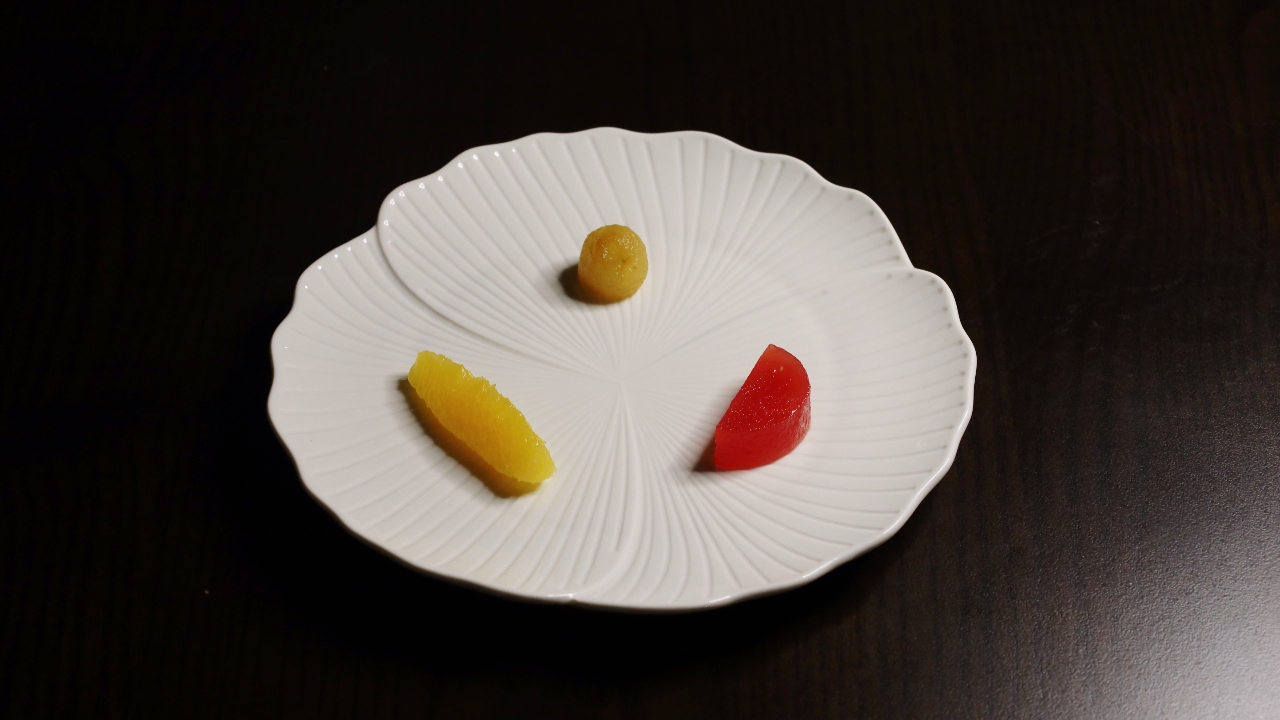
At the end of the day, setting aside the stories of generations past and the journeys of migration, Wong simply wishes to give guests a good experience. “Beyond a good meal, we’d like to be able to make our guests smile and become a fond memory that they’d look back upon,” he says.
